Horn Shark, Heterodontus francisci
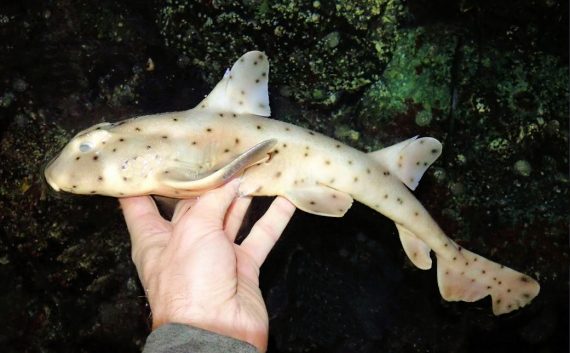
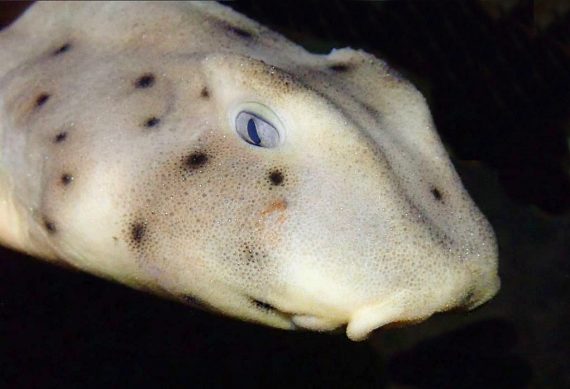
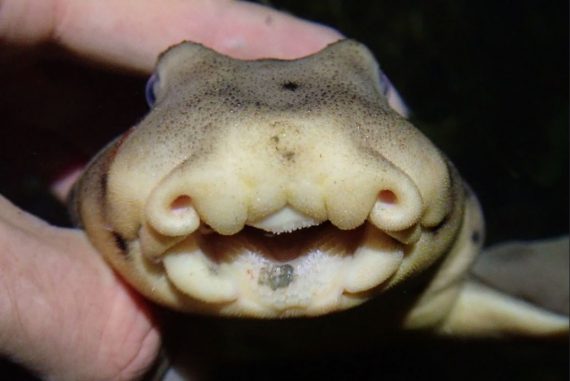
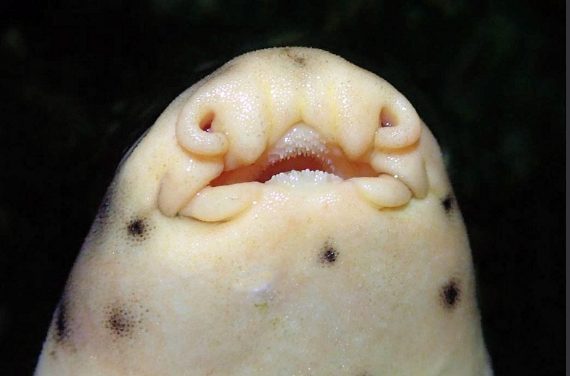 Horn Shark, Heterodontus francisci. Fish caught from within Mission Bay, San Diego, California, December 2019. Catch and photograph courtesy if Ben Cantrell, San Diego, California.
Horn Shark, Heterodontus francisci. Fish caught from within Mission Bay, San Diego, California, December 2019. Catch and photograph courtesy if Ben Cantrell, San Diego, California.

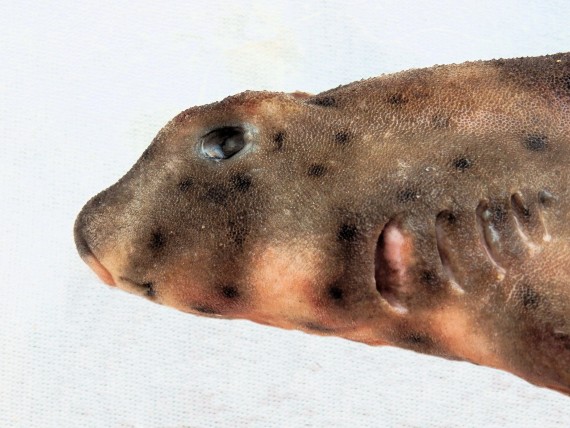
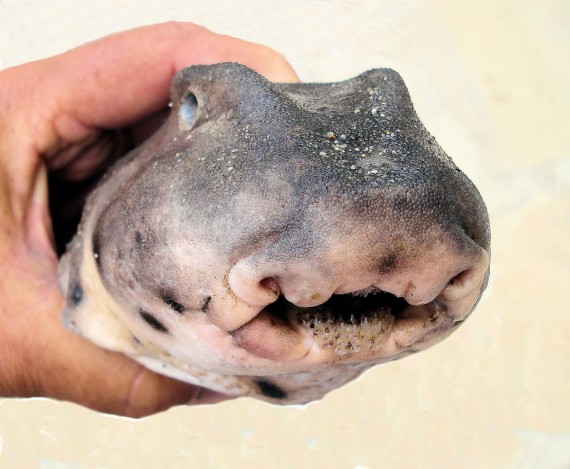

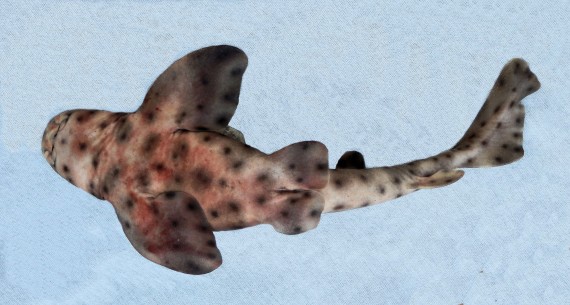
 Horn Shark, Heterodontus francisci. Fish provided by the commercial fishermen of the greater Los Cabos area, Baja California Sur, June 2009. Length: 53 cm (21 inches).
Horn Shark, Heterodontus francisci. Fish provided by the commercial fishermen of the greater Los Cabos area, Baja California Sur, June 2009. Length: 53 cm (21 inches).
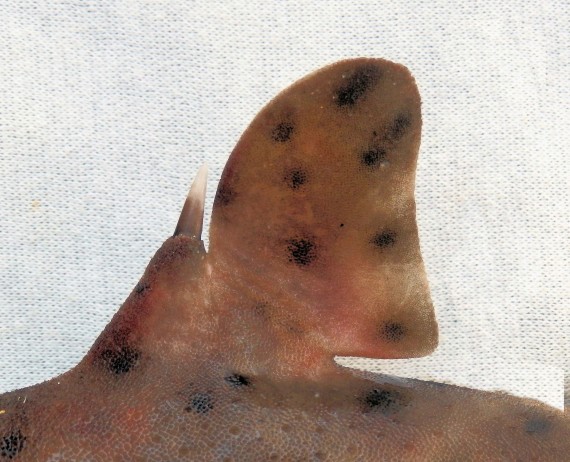 Horn Shark, Heterodontus francisci. First and second dorsal fins.
Horn Shark, Heterodontus francisci. First and second dorsal fins.
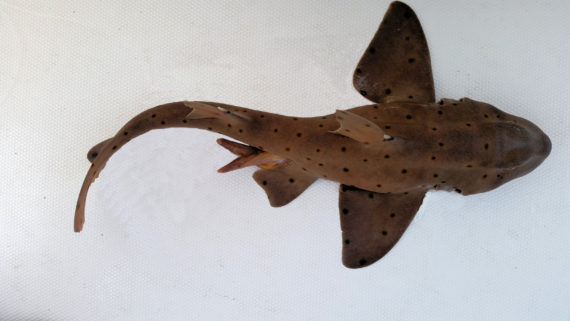
 Horn Shark, Heterodontus francisci. Fish caught in coastal waters off Loreto, Baja California Sur, April 2016. Length 55 cm (22 inches). Catch, photograph and identification courtesy of Chris Wheaton, Fullerton, California.
Horn Shark, Heterodontus francisci. Fish caught in coastal waters off Loreto, Baja California Sur, April 2016. Length 55 cm (22 inches). Catch, photograph and identification courtesy of Chris Wheaton, Fullerton, California.
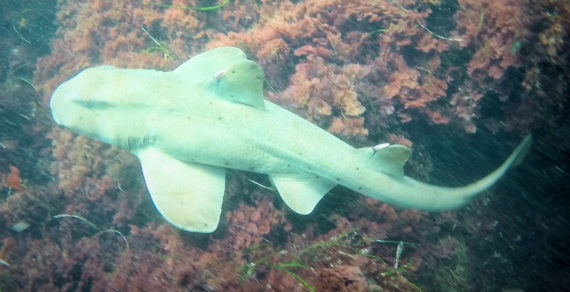 Horn Shark, Heterodontus francisci. Underwater photograph taken in coastal waters off La Jolla, California, September 2013. Photograph courtesy of Bob Hillis, Ivins, Utah.
Horn Shark, Heterodontus francisci. Underwater photograph taken in coastal waters off La Jolla, California, September 2013. Photograph courtesy of Bob Hillis, Ivins, Utah.
The Horn Shark, Heterodontus francisci, is a member of the Bullhead Shark or Heterodontidae Family, and is known in Mexico as tiburones cornudo. The common name is derived from its dorsal fin spines. Globally, there are eight species in the genus Heterodontus, of which two are found in Mexican waters, both in the Pacific Ocean.
The Horn Sharks has a rectangular blocky body that are easy to identify. They vary in color from dark brown to light gray on their back and sides and transition to white ventrally. They are covered with small dark spots that are about one-third the diameter of their eyes and have a dusky patch below their eyes. Their coloration allows them to easily blend with their surroundings. Their head is conical and elevated with a pig-like snout and a small mouth that opens anteriorly. They have a low bony ridge above each eye that ends abruptly at the rear; the space between their eyes is deeply concave. Their teeth morphology varies being sharp at the front for grasping prey and flat at the back for crushing shellfish. They have 5 gill slits, the first of which is enlarged and the second and third of which are over their pectoral fins. Their caudal fin is asymmetric; and, their 2 dorsal fins are virtually identical, each with a spine at the front (a key to identification) and the first originating over the pectoral fin base. They have small denticles on their flank but their skin is smooth to the touch.
The Horn Shark is slow and sluggish benthic species found from the intertidal zone to relatively deep waters in both rocky and sandy habitats. They move to deeper waters during the summer preferring water temperatures in excess of 21oC (70oF). They reach a maximum length of 1.2 ms (4 feet 0 inches). As of January 1, 2024, the International Game Fish Association world record stood at 2.75 kg (6 lbs 1 oz) with the fish caught in coastal waters off Santa Catalina Island, California in May 2015. They are elusive fish that spend their days hiding under ledges, in caves, and in kelp beds and emerge at night to feed on seafloor benthic invertebrates including abalone, crabs, oysters, polychaete worms, shrimp, and occasionally small fish. They are poor swimmers and use their strong pectoral fins to crawl along rocks. They have a high degree of segregation with juveniles being found in deeper waters at depths of 200 m (655 feet) over sandy bottoms and adults being found in shallow waters at depths of less than 10 m (35 feet) within rock structures. They are site-specific with a small home range and return to the same location during the day; they can be found in the same location for many years. Reproduction is oviparous with females laying spiral egg cases that they wedge into crevices; pups require 6 to 9 months to hatch and emerge as 14 cm (5.5 inches) miniature adults.
The Horn Shark is a resident of Mexican waters of the Pacific Ocean but has a limited range in being found along both coasts of Baja and along the northwest coast of the mainland; they are absent from Guaymas, Sonora, southward along the central and southwest coasts of the mainland.
The Horn Shark is most likely and often confused with the Mexican Horn Shark, Heterodontus mexicanus (body spots greater than one-half the eye diameter) with whom they co-exist.
From a conservation perspective the Horn Shark is currently considered to be of Least Concern with stable widely distributed populations. They are targeted by spear fishermen in certain locations with their spines being retained to make jewelry. They are also an accidental by-catch in crab traps, gillnets, and trawling nets. They are considered to be of poor food value and no or very limited commercial value are normally a catch and release except for subsistence fishermen. They are consider harmless and will only attack humans if provoked.